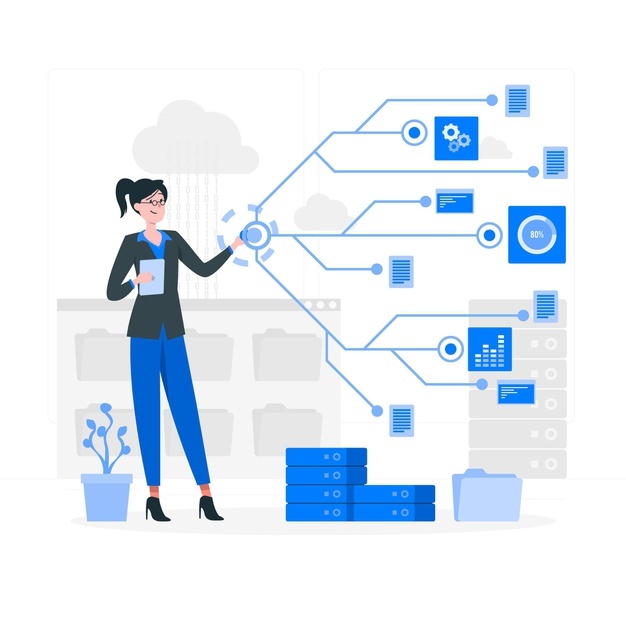Data Annotation Service
Data Annotation is a service that helps people and technology build AI models. The input text, audio or video becomes training data for machine learning through the use of humans with their expertise in certain fields like medicine and science among other things.
To make decisions an artificial intelligence must be trained to understand specific information about what its doing through Data Annotations which are then used by these machines when needed making them more humanlike than ever before!
We at AlphaGate can help you with Data Annotation to ensure that your machine learning models are relevant and even cutting edge.












